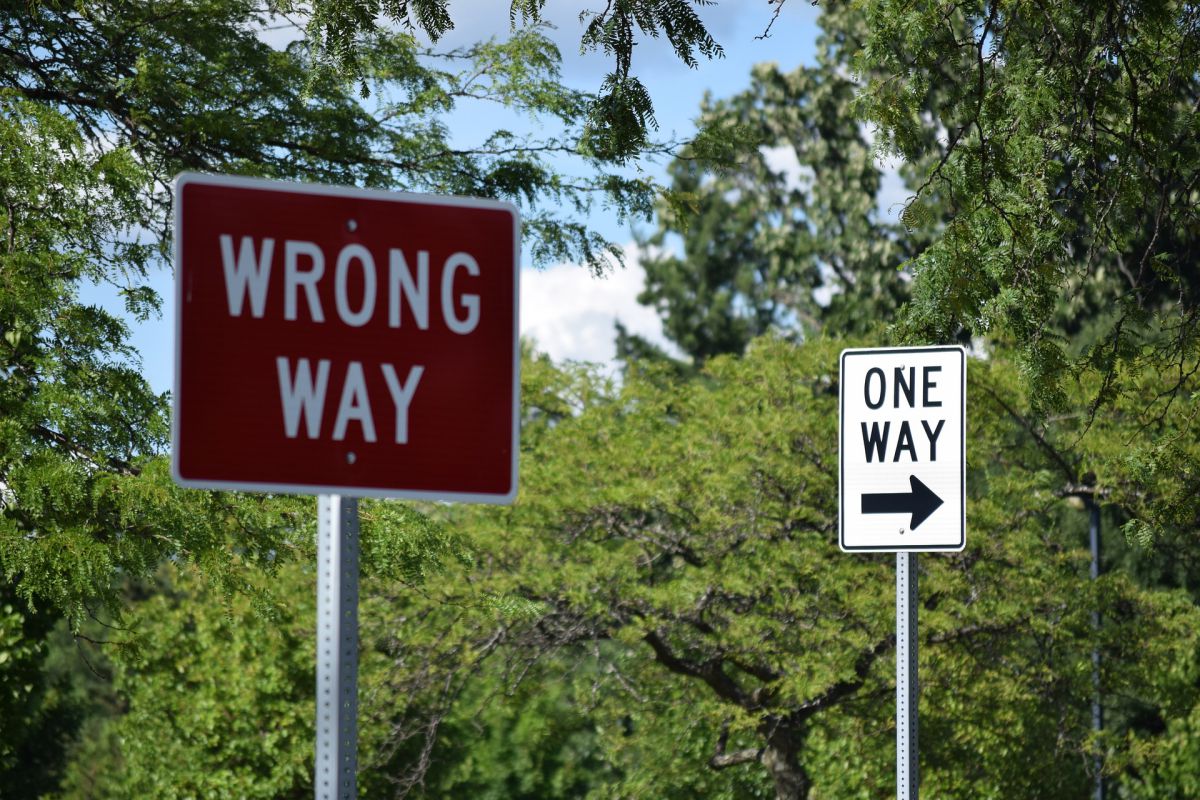Rules of Thumb are Worthless
Courtesy of Joshua Brown
 Rules of thumb, in the investment sphere, are at best worthless and at worst destructive for returns.
Rules of thumb, in the investment sphere, are at best worthless and at worst destructive for returns.
Because the environment changes and the future doesn’t always respect the past. Blind, slavish adherence to our own experience and the mental shortcuts we’ve created can work against us and make us look foolish or, worse, miss out on generational opportunities that do not knock twice.
I realized this while reading Ben Graham’s landmark speech ‘Securities in an Insecure World‘, originally delivered 54 years ago this week.
Ben talks about a measure that once was popular among analysts attempting to determine when stocks were over- or undervalued based on their dividend yields vs bond yields. This was a measure you could set your watch by for decades – when the dividend of common stocks, which was traditionally higher than the treasury yield, dropped and approached parity, it meant that stocks were too expensive and bonds too cheap. And then, one day in 1957, bond yields broke above stock dividend yields and they never went back below.
It would take a long time for market traditionalists to reckon with this “new normal” as several generations of investors watched one of their most cherished rules of thumb go out the window.
Ben tells the story:
Let me now point out a striking area in which the uncertainty of the proper valuation of common stocks is brought to the fore.
That is this very question of the relationship between dividend return on stocks and the interest rate on bonds. For fifty years or more it was a tenet on Wall Street that stocks should yield considerably more than bonds. In speculative markets stocks might rise until their yield became less than that of bonds. But this very development was a sure sign that you were in a dangerous market – one heading for a bad fall.
A friend of mine, head of an important brokerage house, was so enamored of that idea he used it constantly in his market letters. More than that, he actually had the relationship between stock yields and bond yields printed in a nice chart-design on neckties imported from Paris, which he distributed to his friends, including me. For a while I wore this tie at some of my lectures and said that this was the first time that anybody had analyzed the technical position of the stock market from his necktie.
Well, since 1958 stocks have been yielding considerably less than bonds, with no sign of a return to old relationships. Hence my broker friend found this concept increasingly hard to stick to. About two years ago, actually not very long before the big market break, in a huge newspaper advertisement he abandoned this concept completely, said it was all bosh to talk about stock yields as the basis of valuation, claimed the main thing was the psychology and attitude of the public; and asserted this factor was strongly bullish and justified confident buying of stocks.
A bit of time-honored fundamental wisdom about investing so cherished that Benjamin Graham himself wore it on a necktie. And then he’s forced to abandon it as reality no longer conforms to the rule.
How many other traditional rules of thumb have been blown up and discarded over the five decades since? How many do we live with now, that no longer apply? Thinking about this may stop us from allowing what worked in the past from coloring our views about the current environment.
Experience is important, not to the detriment of open-mindedness. Finding a balance between the two is the hard part and there’s no formula to go by.



